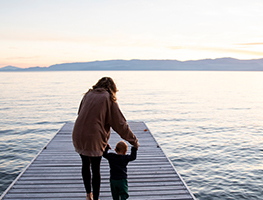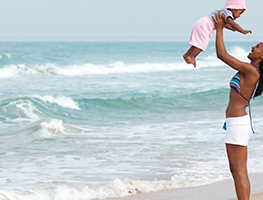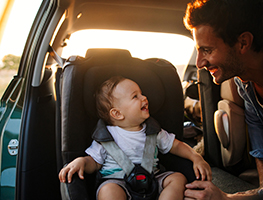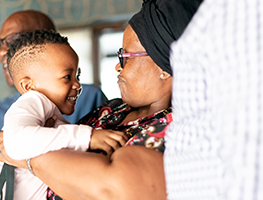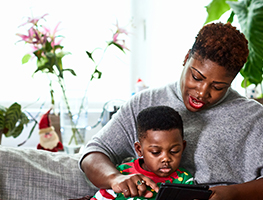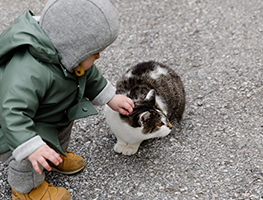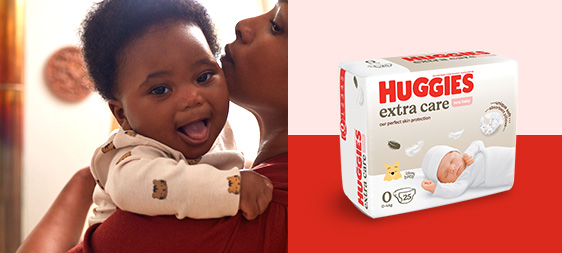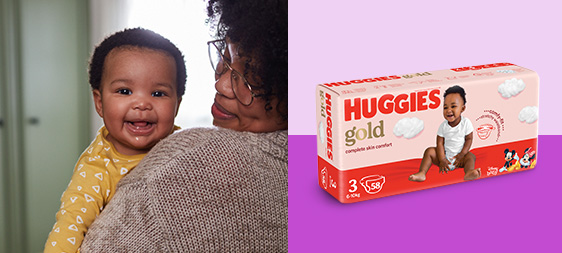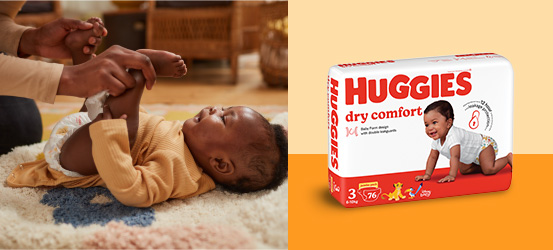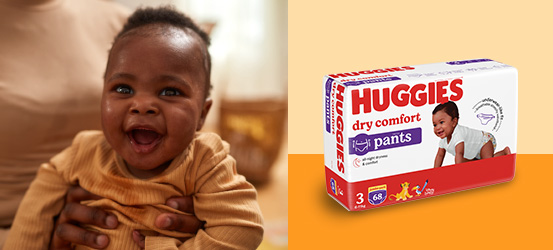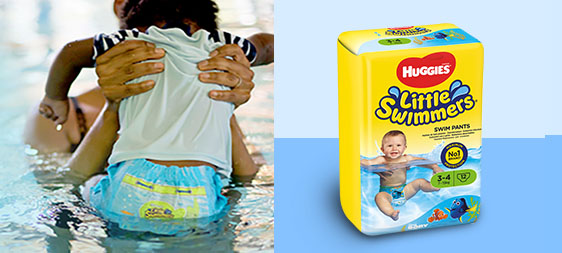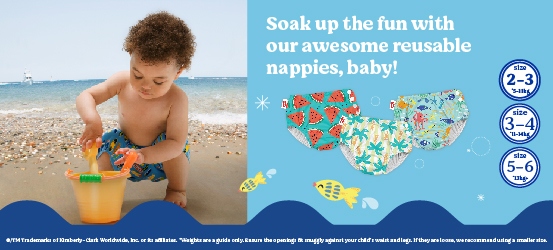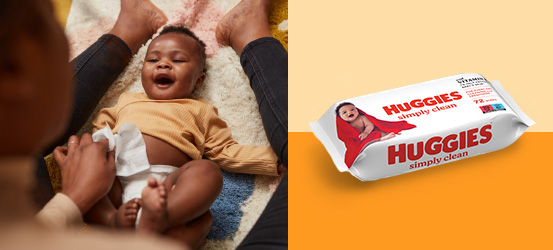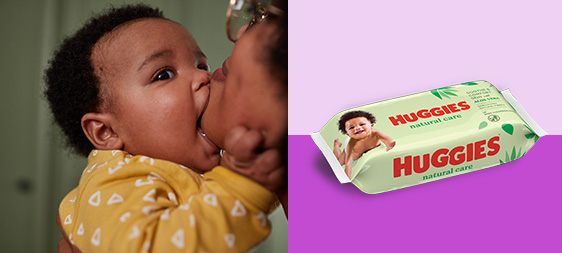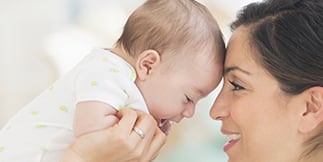Sometimes packing up your troubles and boarding a plane with a baby or young child seems to be the fastest way to spell trouble. But, by following these ten simple tips, you can maintain your sanity when flying with the kids these holidays.
Tip 1: Preparation is key
Tickets? Check. Bags packed? Check. Baby (or babies) in good health and prepped for travel? Check.
Sounds like you’re ready to head for the airport then. Or does it? If in doubt about any of your flight details, such as carry-on baggage allowances or liquids allowed on board for international flights, call the airline before your flight. It is better to address any concerns ahead of time than be stuck arguing with airline staff about whether your toddler is under two (remember to take her birth certificate) or suddenly discover your pram needs to be wrapped to go as checked baggage.
Also, remember to pre-book bassinets when travelling internationally. Otherwise, there’s no guarantee that there will be one available when you check-in and the thought of having a one-year-old on your lap all the way to London is enough to make most parents break out in a cold sweat. Additionally, if the budget allows, it is worthwhile considering booking a seat for your toddler for longer flights as most airlines will not allow a toddler over 18 months to use a bassinet.
Tip 2: Be the early bird
Give yourself plenty of time to park, check-in and get through security. There’s no surer way to raise stress levels than the thought that you may miss your flight. As a rule, think of the time that you would arrive at the airport if you were travelling alone and then aim to get there an hour earlier. Remember, it only takes one stinky nappy to throw out a schedule.
If you are travelling with an infant on your lap, make sure you check-in well ahead of time so that you can be allocated a seat next to a vacant one if possible. No matter how short your trip is you will be glad of the extra room to sit baby down and give your lap a break or simply to organise your bag of baby supplies.
Tip 3: Have wheels, will travel
At the airport, try to free up your arms as much as possible for sorting out tickets and boarding passes and rummaging through bags for that favourite toy. Check with your airline whether the stroller you have with you conforms to the size and weight specified by each airline. If your hand luggage does not conform to the size specified, you may be denied entry into the departure area or sent back to check-in.
Phone ahead to find out if your airline will make available a courtesy stroller if you prefer to store your pram in the plane’s hold. For younger babies, many parents like to use a baby pouch, but just be ready to remove it to go through security screening. Bottom line is, all hand luggage must be of a size that can fit under the seat in front of you or in the overhead locker. Remember that nothing must obstruct emergency exits or the aisles.
Tip 4: Beat the queue
At the boarding gate parents of infants and small children will usually be invited to board first. Be ready to take up this opportunity to settle in and get your bags in order, without the worry of holding up a stream of passengers in the aisle. Place wipes, toys, snacks, a wrap (and anything else you will need close at hand) in the pouch below your tray table or under the seat in front of you.
Alternatively, parents with active toddlers may want to minimise the time spent on board at all costs and instead choose to follow at the back of the queue.
Tip 5: Clear their ears
Most parents have heard the advice to feed their little ones upon take-off and landing to avoid painful earache. However, it is better to wait until the plane has actually taken off, or the captain has announced the beginning of the descent of the plane for landing, before breaking out the snacks or feeding your baby. This is because it is during the prolonged process of ascent and descent that their ears are affected by the cabin pressure adjusting to altitude. If your baby or toddler seems as though they are in real distress some children’s Paracetamol can help alleviate the pain.
Tip 6: Busy hands make the flight work
As with most times of stress with young children, distraction can go a long way to avoiding a major melt-down (of both parents and children). Take a ready supply of non-sugary snacks to offer throughout the flight, as well as a selection of small toys. A couple of favourite toys should be in the mix, together with a few new ones (wrapped up, ideally, so as to maximise their activity time). Choose quiet toys that won’t roll away. For toddlers, a compact ‘draw and erase’ sketch pad (with pen attached) is ideal.
Tip 7: Put on a happy face
While many moms and dads are not the best fliers themselves, it is imperative to maintain a brave face for the little ones. Turbulence can be frightening for adults and children alike, so when it hits encourage children to look at in a fun way. Pretend it is like one of the coin-operated rides at the local shopping centre and say things like, “Wow, it’s bumpy isn’t it?” Remember, adults often act as the emotional gauge for children. Just as passengers look to the flight attendant for reassurance at these times, toddlers look to their carers.
Tip 8: Take care of yourself
Parents are often so preoccupied with keeping their charges content that they often forget about their own needs while flying. When the food trolley comes along it is usually necessary to feed the little ones first, so make sure you ask a flight attendant to keep your meal hot for you so you can eat it later or, if you have a smaller baby on your lap, you can request (safe) cold alternatives like sandwiches.
Take up the offer of a headset for your toddler and break all your TV-watching quotas while flying. Many airlines now offer kids’ channels, providing an excellent diversion and giving moms and dads some down-time from being the ones supplying the in-flight entertainment.
Tip 9: Make in-flight friends
Flying with a baby or toddler is no time to be shy when it comes to obtaining help. Take up others’ offers of assistance willingly and ask for help when you need it. Most fellow passengers are happy to lend a helping hand but sometimes it just doesn’t occur to them to offer it, especially if they haven’t flown with children themselves.
Likewise, be sure to endear yourself and your child to the cabin crew early on. In some cases, a flight attendant will even rock your crying baby to help out.
Tip 10: When all else fails?
If baby has a fit of crying or a fellow passenger seems less than impressed with your toddler’s over-zealous commentary, sometimes taking your little one to the back of the plane, away from the hoards of onlookers, can remove some of the pressure. This also gives you a chance to stretch your legs, while providing some soothing motion for baby and an opportunity to point out to a toddler lots of interesting knobs and signs within the plane’s interior
Above all, if things do go pear-shaped, remember your sense of humour and remind yourself that the flight won’t last forever.






